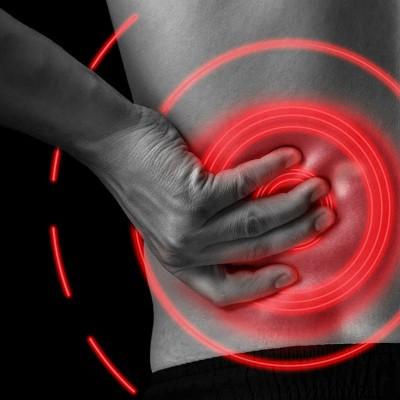What is pericarditis
summary
Pericarditis we certainly rarely heard of, in fact, this is also a disease. Generally occurs in the heart of the mouth of the place, if you feel not suitable, it is necessary to go to the hospital in time. Severe shock can result. What is pericarditis.
What is pericarditis
First, pericarditis can be caused by a variety of pathogenic factors, often part of a systemic disease, or spread by inflammation of adjacent tissues. There should be several kinds of diseases. Pathogens of infection include bacteria (including Mycobacterium tuberculosis), viruses, fungi, parasites, Rickettsia, etc. Primary and secondary tumors. Autoimmunity. Rheumatic fever and other collagen tissue diseases, such as systemic lupus erythematosus, polyarteritis nodosa, rheumatoid arthritis; after heart injury, such as post pericardiotomy syndrome. Endocrine, metabolic disorders, uremia, myxedema, cholesterol pericarditis. Physical factors, trauma, radiation therapy.
Second, acute pericarditis. It is caused by primary diseases, such as tuberculosis, afternoon hot flashes and night sweats. Purulent pericarditis can have chills, high fever, sweating, etc. Pericardial inflammation itself can be seen in retrosternal pain, dyspnea, cough, hoarseness, dysphagia, etc. In the early stage of acute pericarditis and the later stage of absorption of pericardial effusion, pericardial friction sound can be heard in the precordial area, lasting for several hours to several days. The amount of pericardial effusion was more than 300 ml, and the apical beat disappeared. Shock may occur when cardiac output is significantly reduced. Cardiac diastole is limited, so that venous pressure increases, can produce jugular vein distention, hepatomegaly, ascites, lower limb edema, azygous pulse and so on.
Third: chronic constrictive pericarditis. Most of them are tuberculous, followed by suppurative. After 2-8 months of acute pericarditis, there were obvious signs of pericardial constriction. Acute constrictive pericarditis occurred within one year after acute pericarditis, and chronic constrictive pericarditis occurred more than one year after acute pericarditis. The main manifestations were dyspnea, weakening or disappearance of apical beat, jugular vein distention, hepatomegaly, massive ascites, edema of lower limbs and azygous pulse.
matters needing attention
Pericarditis can be cured. The earlier the etiology is determined, the more important the treatment plan is. If you find that you have similar symptoms of pericarditis, you should go to the hospital for treatment as soon as possible.













